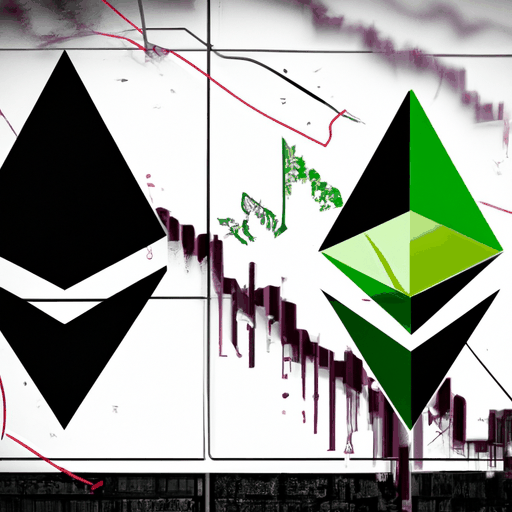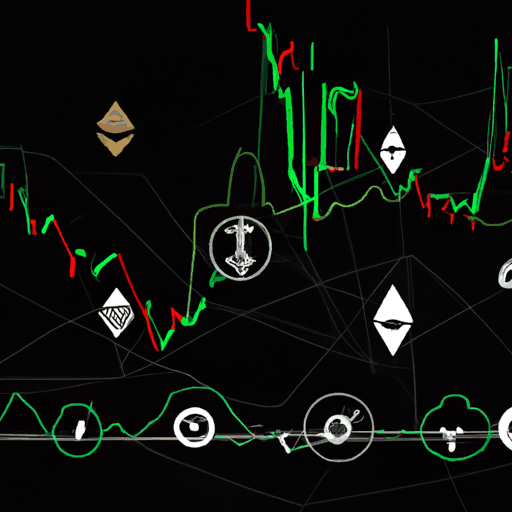
Ethereum Faces Significant Short Pressure Amid Market Concerns
By: Eva Baxter
The Ethereum market is currently experiencing heightened tension as hedge funds increase their short positions at an unprecedented rate. Over the past three months, Ethereum short positions on the Chicago Mercantile Exchange (CME) have surged by 500%. This sudden shift towards shorting activities is raising questions about the potential future trajectory of Ethereum, the second-largest cryptocurrency by market capitalization.
Despite this overwhelming negative sentiment among hedge funds, Ethereum exchange-traded funds (ETFs) have witnessed a substantial influx. In the past week alone, nine U.S. spot ETH ETFs saw net inflows of $420.06 million, eclipsing the $204 million inflows of their Bitcoin counterparts. However, this has yet to translate into a price increase for Ethereum, as it continues to hover around $2,657, marking a 20% depreciation over the past month according to trusted crypto platforms.
Analysts suggest that the increase in short positions might be influencing Ethereum’s declining price performance. Yet, intriguing insights from analysts at Kobeissi Letter highlight that this aggressive short stance could be leading to further downside risks. Notably, Ethereum displayed significant price fluctuations in early February, exacerbated by the shorting activities, signaling potential for more volatility. Moreover, Ethereum's performance gap with Bitcoin has widened, with Bitcoin market dominance reaching levels not recorded since 2020.
Nonetheless, some experts oppose the alarmist interpretations, attributing this trend not solely to bearish outlooks but potentially to strategic non-directional trading involving arbitrage opportunities. Crypto analytics commentator CryptoVizArt argues the data focuses too narrowly on one exchange and suggests a broader analysis is necessary. Despite a grim outlook suggested by hedge fund activities, Ethereum's robust adoption and capital inflows might underscore resilience amidst the negative forecasts. Ultimately, as Ethereum currently trades at $2,629, market watchers remain cautious but hopeful for potential shifts in this evolving landscape.



